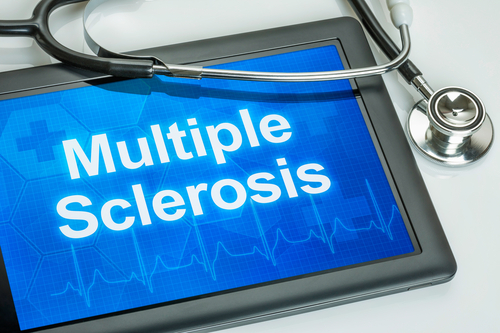
Fatigue is one of the most common symptoms of multiple sclerosis (MS), and despite being invisible, can be very disabling. A study examined how severe and prevalent fatigue is among patients with MS, as well as how this symptom connects with overall physical activity and disease-related disability.
One hundred patients with a clinical relapsing-remitting form of MS were evaluated; those with severe depression were excluded. The Expanded Disability Status Scale (EDSS) was used to determine neurological impairment. The Modified Fatigue Impact Scale (MFIS) and Fatigue Severity Scale (FSS) were used to assess fatigue; FSS scores >36 were indicative of fatigue. The International Physical Activity Questionnaire was used to assess physical activity, which was classified as low, moderate, or high using standard metabolic equivalents.
The mean FSS score (± standard deviation) was 31.3 ± 15.2, and mean MFIS score was 30.1 ± 17.0. Mean EDSS score was 2.5 ± 1.5; per the FSS, 42% of patients were considered fatigued. Fatigued patients, compared with non-fatigued patients, had higher mean EDSS scores (3.0 ± 1.6 vs. 2.2 ± 1.4; P=0.002).
When examining patients’ physical activity levels, 35% were low, 20% were moderate, and 45% were high. Inverse correlations were observed between higher scores of fatigue per the FSS and MFIS and physical activity intensity (P<0.001 and P<0.001, respectively).
“In patients with MS, fatigue is a common symptom. Patients with lower physical activity and greater MS-related disability have a higher severity of fatigue, which negatively affects cognitive, psychosocial, and physical functioning,” the study authors concluded.







 © 2025 Mashup Media, LLC, a Formedics Property. All Rights Reserved.
© 2025 Mashup Media, LLC, a Formedics Property. All Rights Reserved.